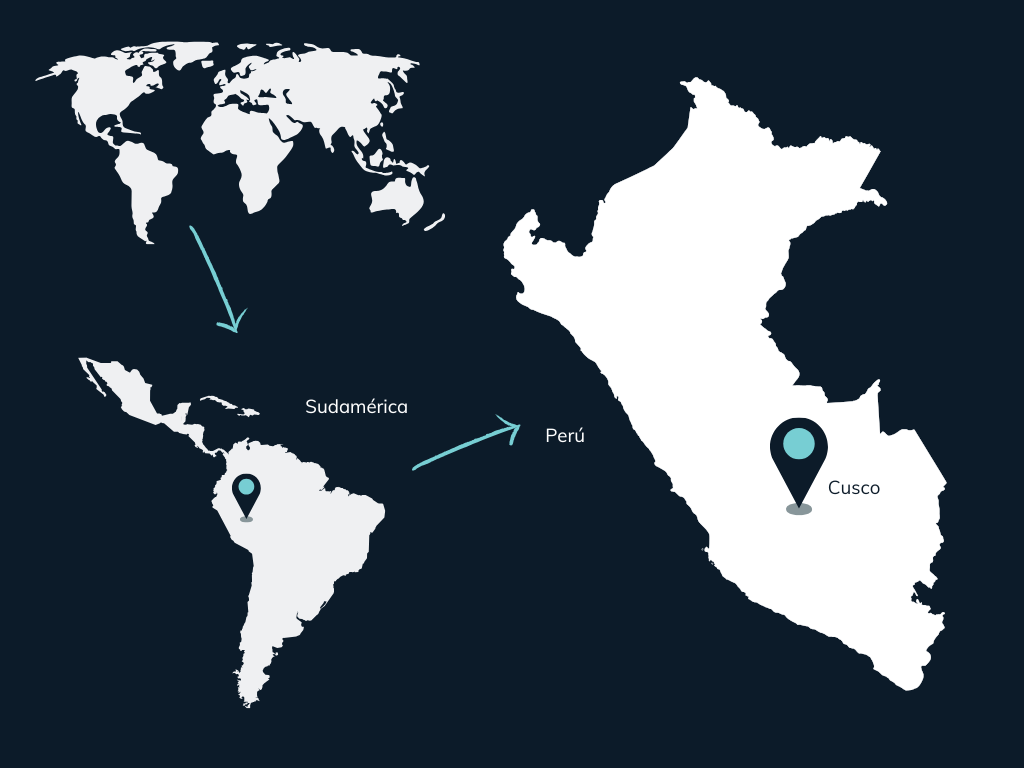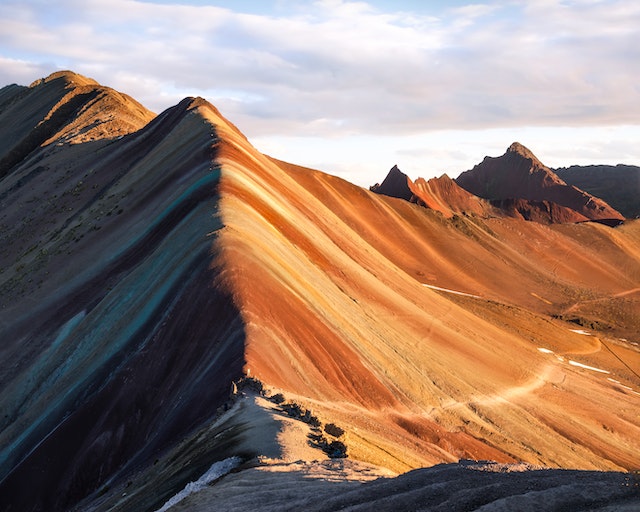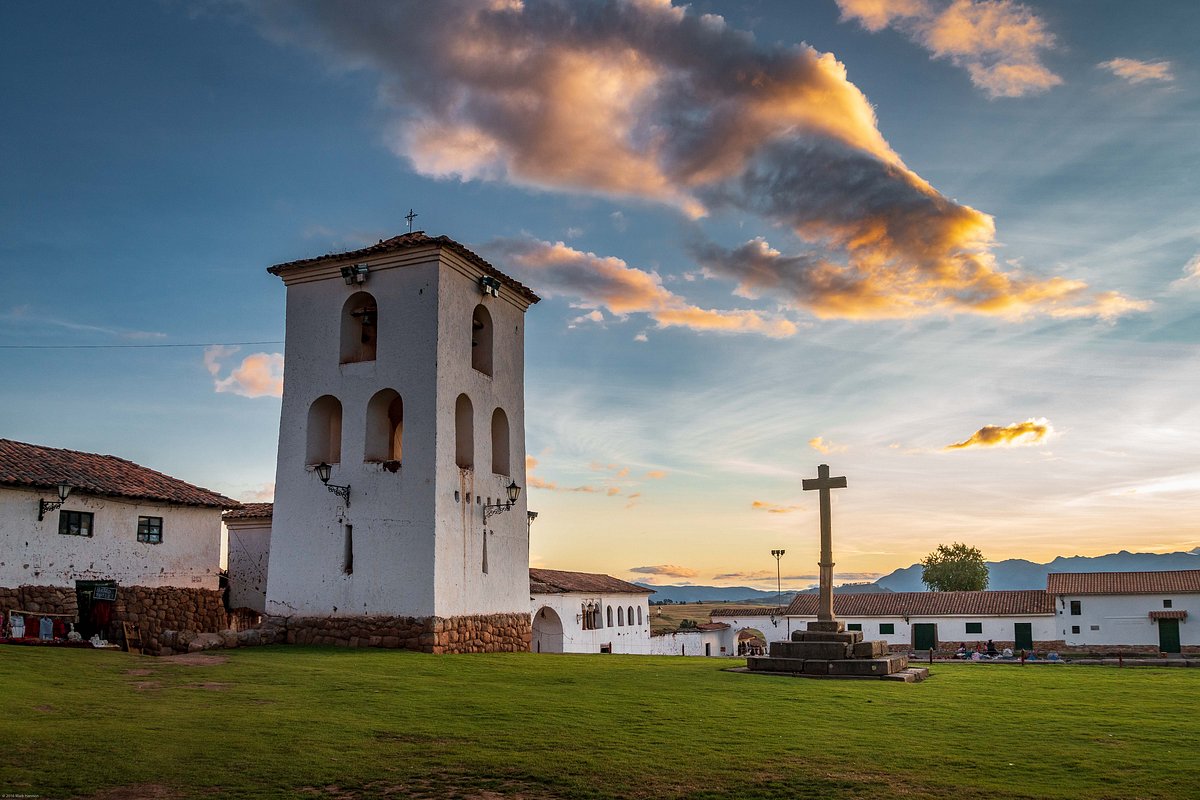Requisitos para viajar a Perú: La mayoría de los viajeros necesitarán un pasaporte válido y una tarjeta de turista. Dependiendo de tu país de origen, también podrías requerir una visa. Consulta con la embajada o consulado de Perú en tu país para confirmar los documentos necesarios.
Al llegar a Perú, deberás pasar por inmigración y aduanas, presentando tu pasaporte, tarjeta de turista y cualquier documentación adicional, como billete de regreso o reserva de alojamiento.
Es importante informarte con anticipación y asegurarte de contar con todos los documentos necesarios antes de viajar. Esto garantizará un viaje más cómodo y sin contratiempos. Ten en cuenta que las leyes y requisitos pueden cambiar, por lo que siempre conviene verificar la información más reciente antes de tu viaje.

Perú alberga una gran variedad de lugares reconocidos mundialmente, como Machu Picchu, las Líneas de Nazca y el Lago Titicaca. Se recomienda planificar tu itinerario con antelación y reservar tours y alojamientos con tiempo para garantizar disponibilidad.

Perú es, en general, un país seguro para viajar, pero es importante tomar precauciones para proteger tu salud y seguridad.
En zonas turísticas como Cusco y Lima, la seguridad está especialmente reforzada. Se recomienda utilizar taxis seguros y evitar llevar objetos de valor a la vista.
No existen vacunas obligatorias para viajar a Perú, pero es recomendable mantener tu calendario de vacunación al día y consultar con tu médico si se requieren medidas adicionales. Si planeas visitar la selva amazónica, se aconseja vacunarse contra la fiebre amarilla y tomar precauciones contra la malaria.
Debido a la pandemia de COVID-19, sigue las medidas de prevención recomendadas por las autoridades sanitarias: usar mascarilla en lugares públicos, mantener al menos 1 metro de distancia y lavarse las manos frecuentemente o usar gel desinfectante.
Evita beber agua del grifo; consume agua embotellada o tratada. También se recomienda no usar hielo en las bebidas y lavar frutas y verduras antes de consumirlas.

Gran parte de Perú se encuentra a gran altitud, por lo que si no estás acostumbrado, podrías experimentar síntomas como dolor de cabeza, náuseas y dificultad para respirar. Para prevenir o minimizar los efectos del mal de altura, se recomienda tomarse las actividades con calma los primeros días, mantenerse bien hidratado y evitar el alcohol y el tabaco.
La moneda oficial de Perú es el Sol peruano. Se recomienda cambiar dinero en casas de cambio autorizadas o bancos, y evitar hacerlo en la calle. Las tarjetas de crédito son ampliamente aceptadas en las principales ciudades y zonas turísticas.
Perú presenta un clima variado según la región y la época del año. La costa es generalmente seca y cálida, los Andes son más frescos y secos, con lluvias durante los meses de verano, y la región amazónica mantiene temperaturas altas y humedad durante todo el año.

La moneda en Perú es el Sol. Aunque en muchos lugares también aceptan dólares estadounidenses, se recomienda llevar algo de moneda local en efectivo para mayor comodidad.
Perú es, en general, un país seguro para viajar, pero como en cualquier destino, es importante tomar precauciones y estar atento a tu entorno. Viajar con una agencia o guía confiable también ofrece un nivel adicional de seguridad y tranquilidad.
Las tarjetas de crédito son ampliamente aceptadas en las principales ciudades y zonas turísticas, pero siempre es recomendable llevar algo de efectivo, especialmente en áreas rurales.
La mejor época para viajar a Perú depende del destino que quieras visitar. La temporada alta de turismo va de junio a agosto, cuando el clima es seco y soleado en la costa y en los Andes. Si planeas visitar la selva amazónica, el mejor periodo es de mayo a septiembre.
No es necesario aprender español para viajar a Perú, aunque conocer algunas palabras básicas puede ser útil para comunicarte con los locales. En las zonas turísticas, es común encontrar personas que hablan inglés y otros idiomas.
En Perú se utilizan enchufes diferentes a los de Estados Unidos y Europa. Es recomendable llevar un adaptador de corriente para tus dispositivos electrónicos.
Depende de las actividades y destinos que planees visitar, pero algunos elementos esenciales incluyen calzado cómodo para caminar, protector solar, repelente de insectos, ropa ligera para climas cálidos y prendas más abrigadas para las noches o los Andes. No olvides tus medicamentos recetados y un botiquín de primeros auxilios.
En Perú puedes moverte en autobús, taxi, vuelos nacionales o mediante tours organizados. Los autobuses son económicos pero a veces concurridos; los taxis son prácticos, aunque conviene acordar la tarifa antes del viaje. Los vuelos internos son más rápidos, aunque con mayor costo. Los tours organizados ofrecen transporte seguro y la ventaja de viajar con guía especializado.
